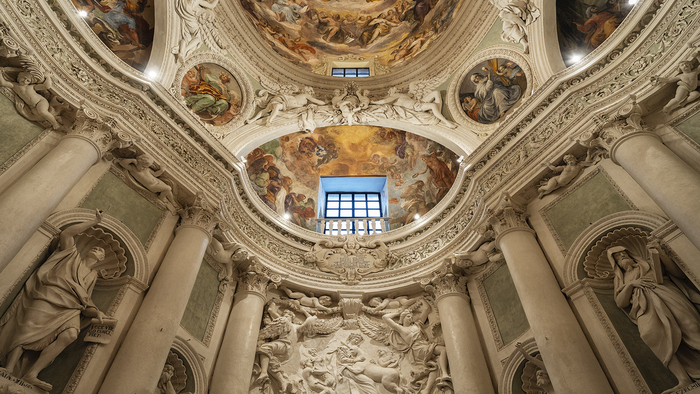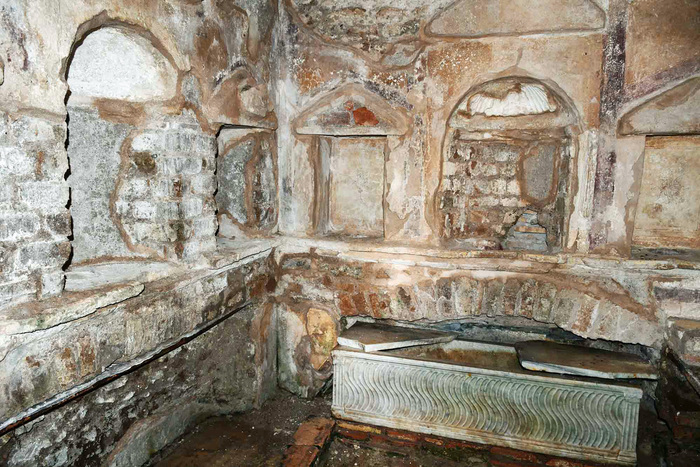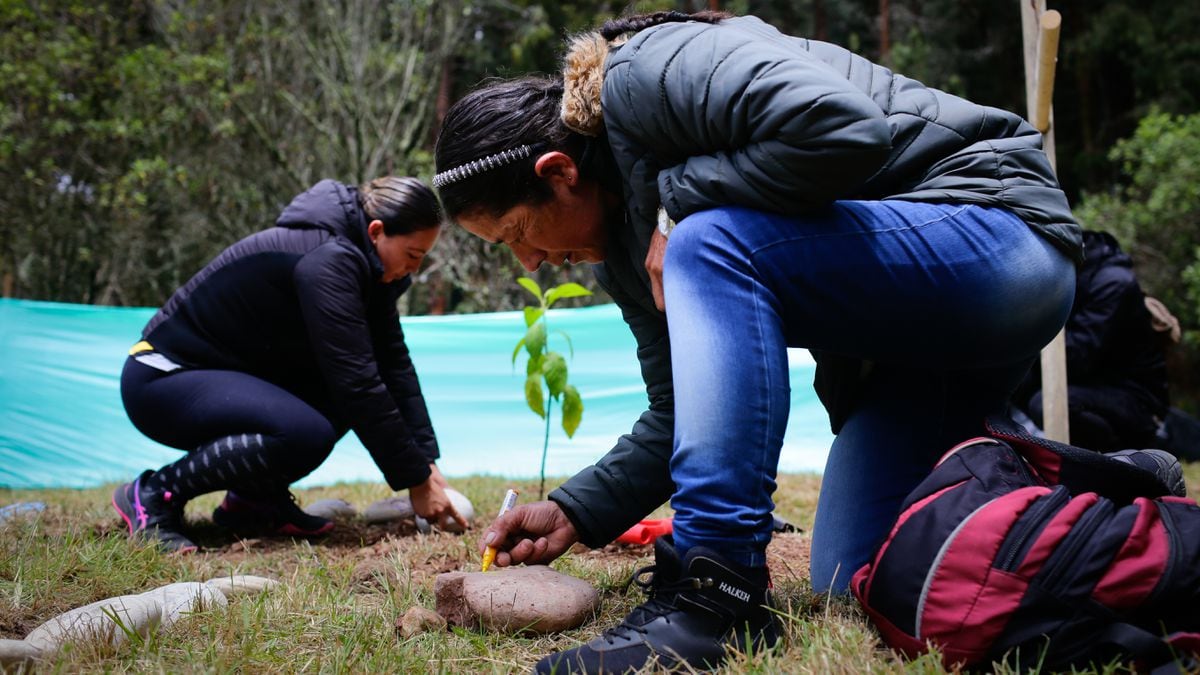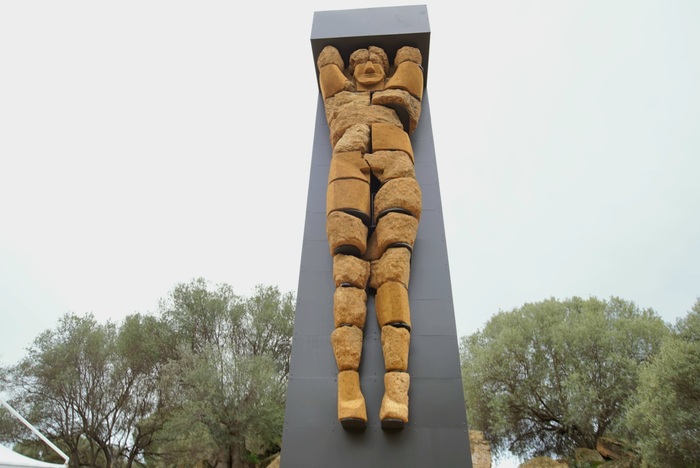Damascus-SANA
The archaeological project to restore and clean the Afqa spring in Palmyra, which was vandalized during the previous years and in which rubble had accumulated, was the focus of the press conference held between the General Directorate of Antiquities and Museums and the Russian Historical and Cultural Preservation Association, given that this spring is of exceptional importance as it is the main source of life in the city. Destroy.
In the press conference held in the Damascene Hall at the National Museum in Damascus, Director General of Antiquities and Museums, Nazeer Awad spoke about the importance of the project, which is located in one of the most important Syrian archaeological sites and is considered an economic wealth and suffered a lot of damage during the years of war and needs a lot of work to maintain, restore and preserve it. and rehabilitate it.
Awad pointed out that this project is being implemented based on the agreement signed with the Russian side to restore and rehabilitate several historical sites and landmarks that were destroyed by terrorists in the ancient city of Palmyra, including the Afqa spring, which is a water spring and an archaeological cave carved into the rock.
Dr. Hammam Saad, Assistant Director-General of Antiquities and Museums, presented the stages of the project to rehabilitate the spring, which was attacked by the terrorist organization “ISIS”, where a Syrian-Russian team, including ten specialists from the Directorate, has been carrying out restoration work two weeks ago, and the work will be completed within three months.
Dr. Saad pointed to the importance of Afqa spring throughout history as the lifeline of the city of Palmyra. It was the basis of its existence and its oasis. It consists of many springs that come out of the rocks and pour into its course, as the ancient Palmyrenes made great efforts to distribute water to an area of 400 meters inside the city to pour into it.
The Assistant Director of Antiquities confirmed that the age of the spring exceeds the date of the emergence of Palmyra as a city, but it was exposed in later periods to drought due to the drilling of a number of wells near the campus of the spring and outside the archaeological area, which affected its water level and led to its drying up in summer and returning to flow in winter.
For his part, Russian archaeological expert Timur Karmov, director of the campaign, confirmed that this important archaeological project contributes to restoring life to this spring, which helps restore farmers to their farms in Palmyra oasis and their stability in the region.
Karmov pointed out that this project is the first step carried out by the association in the city of Palmyra, where a small site in the spring was initially chosen to be restored due to its historical and economic importance to the city of Palmyra. A mission that was found during the work dates back to different eras, indicating the participation of a number of Russian institutions in the project and the desire of many other institutions to contribute to the restoration of historical monuments in Syria.
The media coordinator of the project, Nour Melhem, explained the importance of these projects within the Russian-Syrian cooperation in restoring what systematic terrorism has destroyed in Syria, especially within the ancient archaeological areas through experts in the field of antiquities and heritage preservation, pointing out that the project is fully studied by both parties to restore life to the Afqa spring.
The project is co-financed by the Moscow Heritage Institute, the Kabardino-Balkaria Scientific Center of the Academy of Sciences and the Russian company OKN Project.
Researchers estimate the age of the spring at 6,000 years. It is located at the southwestern edge of Palmyra. Its water flows from an archaeological cave in the hollow of Jabal al-Mentar through nine natural underground wells dug in limestone. Many carved altars were discovered.
Shatha Hammoud









